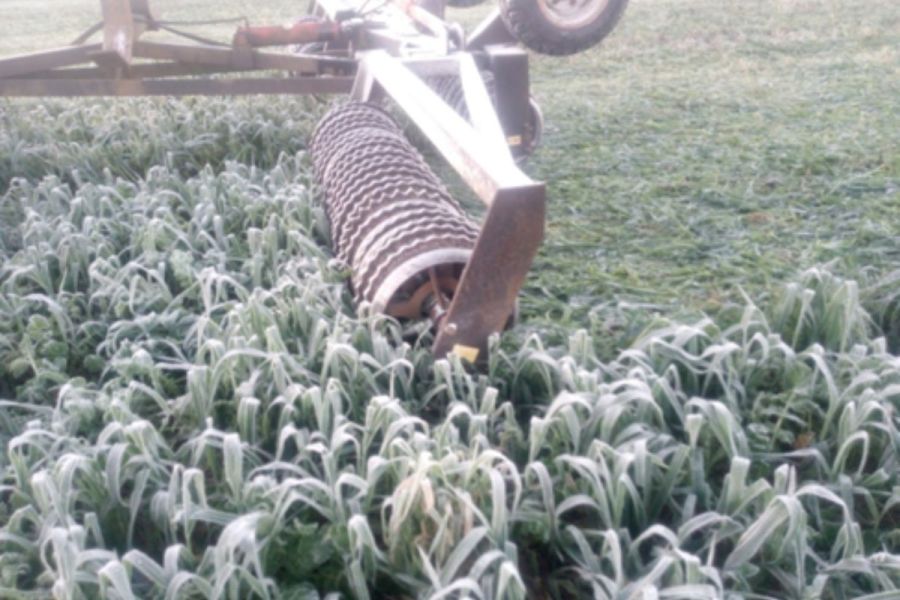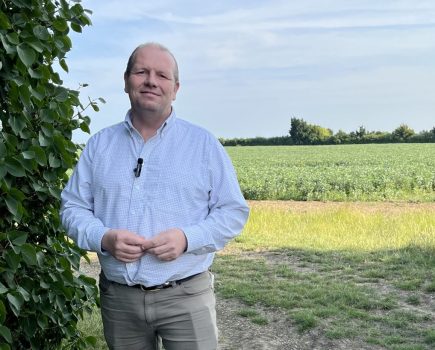By Andrew Wilson
Well, winter has arrived then! What a year of weather volatility – hot, cold, wet and dry. Resilience of everything was tested in 2022.
Our 2022 rainfall finished up at 644mm, about 83mm short of our 10-year average. Not insignificant, but in the past 20 years, we’ve had five years with less rain than 2022, yet three with over 800mm. Is the climate really changing on an average basis? The extremes seem more pronounced, but our local rain recorder’s historic records tell an interesting tale.
In the past 10 years, the number of months with over 100mm of rain averaged 1.4 for the year, with two years in that decade not reaching 100mm in any month at all. For the 10 years before that (including 2012), 1.7 months in the year hit 100mm, with three years not having a month that wet. Five Augusts in the last twenty years hit 100mm, but only one February, March and September. There are no real identifiable trends in this, other than since time began, Mother Nature has been the gaffer of farm performance and likely always will be.
At the time of writing, we’ve lifted 80% of our sugar beet, which managed 66t/ha adjusted, with average sugar at 16.3% – about in the middle of the range delivered so far. Nothing exciting, but about where we expected. The bit that is left is holding up okay but we need to get it lifted and processed in as short a time as possible, so timing is crucial.
We’ve grown cover crops before root crops for 12 years now. All of this years’ have been clobbered by the frosts of mid-December, some of which we rolled at -6⁰C, which has resulted in total destruction bar volunteer winter cereals. This was a bit earlier than I think is ideal but a useful trial nonetheless.
Cover crop mixes have varied over the years, with lots of lessons learned, but before root crops we now generally include oats, oil radish, vetch and phacelia, with a (successful) trial of blue lupins this year. I recently attended BBRO’s advanced beet course, and among a myriad of other things, learned that phacelia in our covers won’t help Beet Mild Yellow Virus pressure, so that will get the boot next year!
Loading out of the potato stores has dragged a bit this winter but has gone okay and, at present, we’re up to date. Notable observations include crops from sand land decayed first and once again maleic hydrazide has shown its worth, with the untreated crops showing dormancy break first –though perhaps 3-4 weeks later than we feared given the physiologically old crops in store.
DMN has performed well on our crisping potatoes, with its mode of action fitting our system better than orange or mint oil, though they both have a place. Some of our chippers are still in store under ethylene sprout control. The calculator will be getting some exercise again soon to ascertain next seasons storage strategy given the eye watering electricity prices we will be forced to face after March.
One of my stores has a north facing inlet louvre and runs a lot less fan hours than the other one that faces east, which needs to use its fridge in a mild season. It’s a constant balance between fan hours, energy use, weight loss and sprout control. Lots more R&D required, but in these current times (post-Sutton Bridge) who is going to do and fund it?
Potato prices are all now finally on the table, with a few surprises in each direction. It’s decision time, which isn’t as straight forward as normal with less land available this year and a renewed focus on risk, reward and hassle. The weather is largely in charge of yield and totally out of our control, so we must concentrate on other elements and work figures on historic average paid yields, not contract targets, in order to reduce surprises down the line.
Payment terms, hassle factor, hoop jumping, longer term performance patterns, storage challenges and inputs required, are all playing a more visible role than ever before in our decision making – it’s about much more than price alone.
The fortunes in any sector – be it spuds, sugar, cereals, veg or livestock – look far from settled and rosy just now. So I lean on our history and will follow the time proven line of ‘just do a bit’ – rash changes rarely result in gold. We’ll tinker, tweak, experiment, trial, listen, talk and read to make the marginal gains needed to keep the wheels turning into the future, whatever it may bring.
Here’s to a kind spring!
This article was taken from the latest issue of CPM. For more articles like this, subscribe here.




